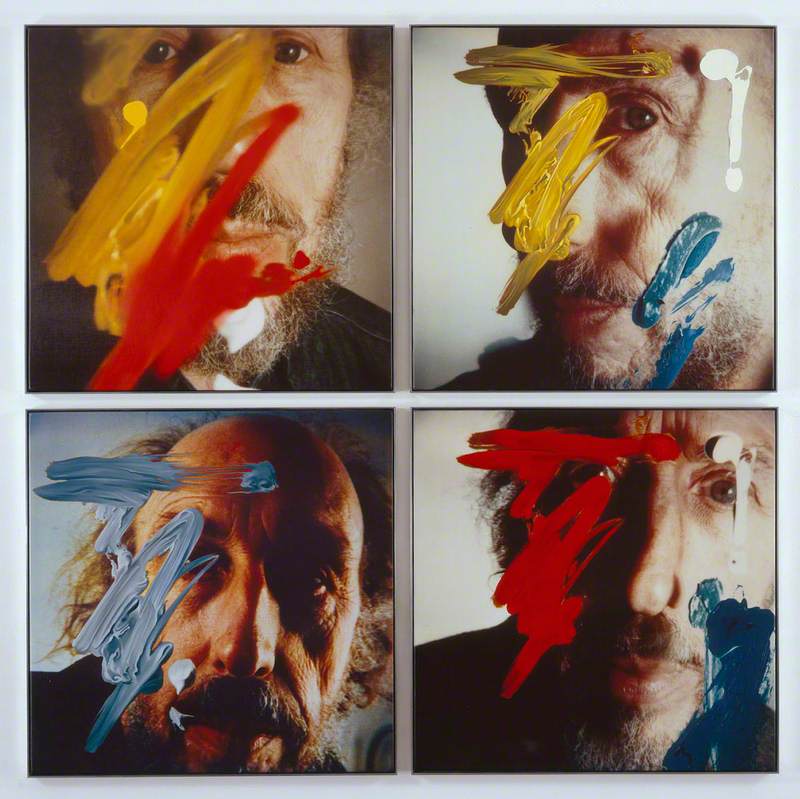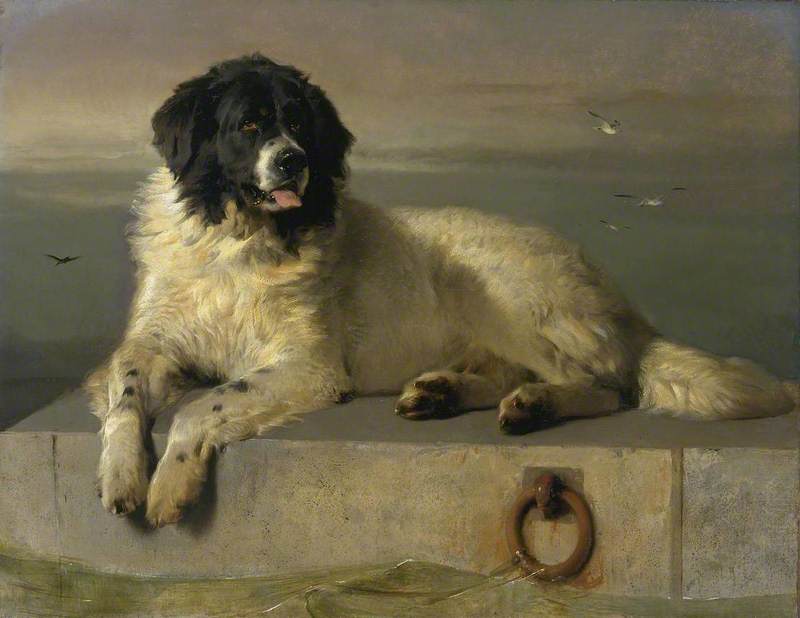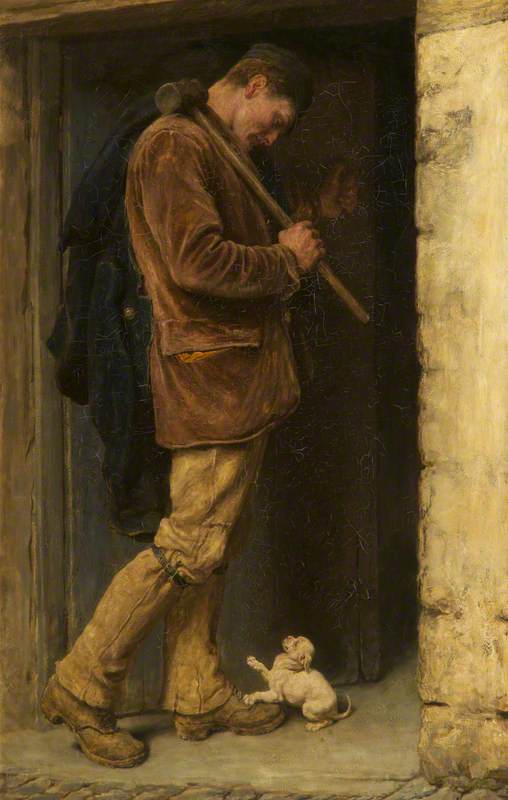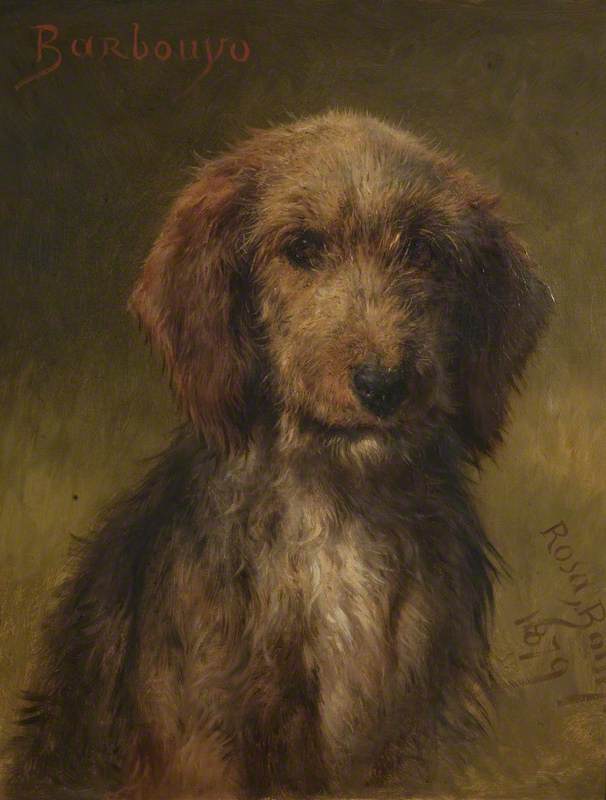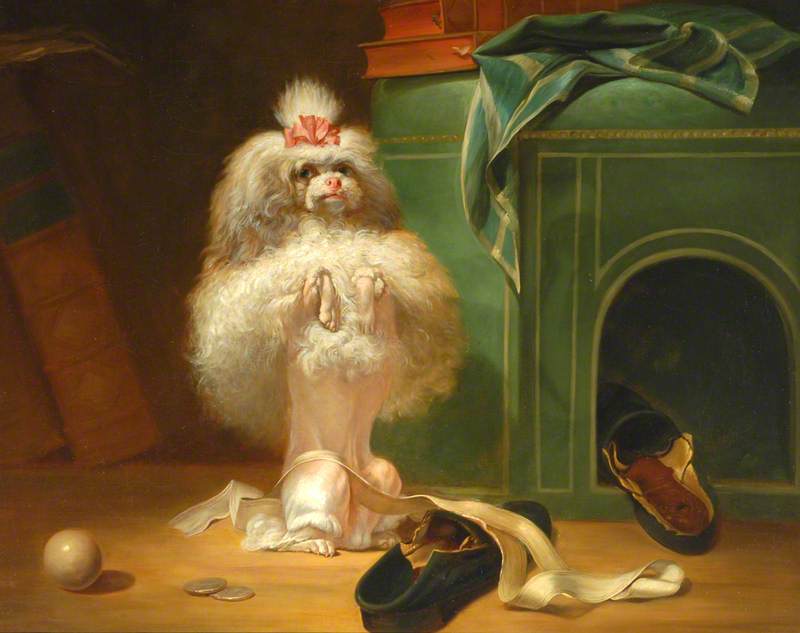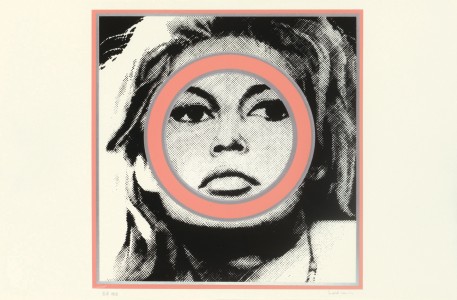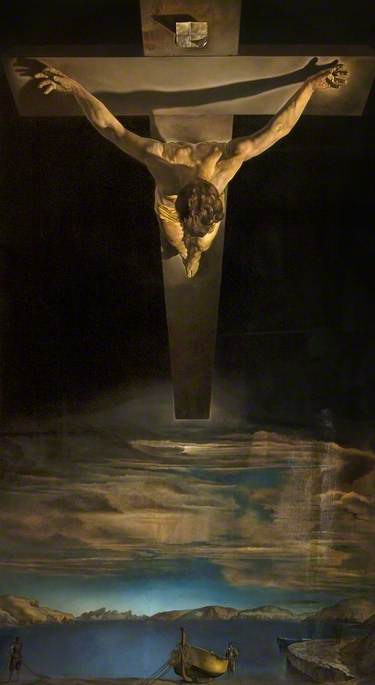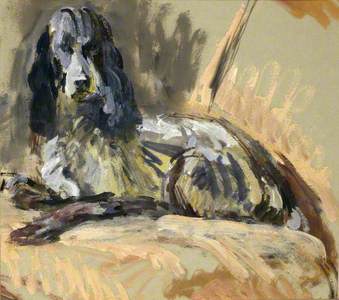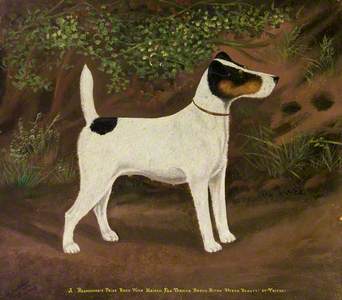In late August 2016 what was celebrated as the first contemporary art exhibition for dogs took place in London. The event, part of the #PlayMore campaign for an insurance company, had the noble intention of encouraging play among humans and their companion animals. But when I read about it I couldn’t help but raise an eyebrow slightly. Really? The first contemporary art exhibition for dogs? As an art history scholar who has devoted these past years to study the presence and agency of non human animals in contemporary art I can think of, at least, two other earlier examples of art exhibitions intended for dogs that happened during the 1970s, and I cannot guarantee if any of those was the first one with an absolute degree of certainty.
I do find both of these other artistic canine projects fascinating. However, I feel particularly attached to one of them: an exhibition called 'The Collaborations of Ch. Rotham' that opened in the seaside village of Cadaqués (North East of Spain) in the summer of 1976.
For many years, Cadaqués has been a spot favoured by artists. Dalí lived nearby, in Portlligat, in a house built by him that nowadays is a museum. The surrealist genius was often visited by Marcel Duchamp and Man Ray, and the former designed in his local apartment an anaglyphic chimney re-discovered there just a few years ago. Duchamp, in turn, introduced Richard Hamilton to Cadaqués, and the British artist ended up owning yet another house in the village. It was inside this whitewashed abode where 'The Collaborations of Ch. Rotham' unfolded, as that summer of 1976 Hamilton invited the Swiss artist Dieter Roth over for a three-week long stay on the shores of the Mediterranean sea.
The two artists had met and worked together before, and among the aims of this new reunion was the willingness to pay tribute to a Belgian colleague and friend who had passed away that same year: Marcel Broodthaers (1924–1976). A few months earlier Roth, Hamilton and Broodthaers were at Roth’s hotel in London discussing their money problems – at the time they were facing difficulties with the sales of their graphic works – when the Swiss artist came out with one of his eccentric ideas while leafing through a country life-type magazine. There were paintings of dogs and horses for humans hanging on the walls of the country homes, and those humans loved their dogs and horses, so why not sell paintings for their dogs to those humans? Why did dogs have to miss all the fun, Roth remembered himself asking the others in a later interview. Why shouldn’t be possible to have paintings for dogs? They could paint for dogs too.
Apparently, Broodthaers quickly embraced Roth’s idea, and started planning a whole exhibition for dogs. After all, in his 'Musée de l’Art Moderne, Départament des Aigles' Broodthaers had already collected and shown dozens of figures of eagles. Now he could change his viewpoint and begin to exhibit for other animals, instead of exhibiting representations of them. Unfortunately, his deteriorating health prevented much progress and the Belgian artist died shortly after. For Roth and Hamilton it seemed only natural to continue developing the idea, and to present the canine exhibition as a homage to their friend.
During those three summer weeks spent in Cadaqués, Roth and Hamilton made several artworks together, taking turns over the same pieces. But they weren’t the only artistic collaborators in the house. In fact, they named the project 'The Collaborations of Ch. Rotham' because of the three artists taking part in it. The word 'Rotham' was a combination of the beginning of Roth and Hamilton’s surnames, and 'Ch.' stood for Chispas Luis, a local dog who was very fond of Hamilton. Chispas Luis spent a lot of time with the human artists, and he became one of the bunch. It seemed reasonable to have a dog artist-collaborator when preparing an art exhibition for dogs, something like an advisor or consultant.
The three artists, primate or canine, had a lot of fun together, as shown by the works they created. Roth and Hamilton painted topics either for humans or for dogs, and thinking about the preferences of these animals, they drew a lot of sausages and the occasional old boot. Apart from making the paintings, the artistic accomplices also sung and played the guitar, and recorded a few of their musical achievements. Four of them were later distributed in the form of a limited edition double 45 r.p.m. record called Canciones de Cadaqués. In these tracks, somewhat of a soundtrack for the exhibition, it was possible to recognise either Chispas Luis or the human artists barking and growling over the sounds of the guitar (you can listen to these four tracks here: www.macba.cat/media/cadaques, and also see the record cover with the pictures taken by Rita Donagh, thanks to the Barcelona Museum of Contemporary Art, MACBA).
As further proof that Roth and Hamilton were endorsing Chispas Luis as their collaborator, 60 of the records came with a certificate signed 'by the three artists'. Chispas Luis’ signature was a print of his paw, and the human artists also posed as dogs by arranging their five fingerprints in the form of two more dog paws. Indeed, they remarked even more the canine atmosphere of the artistic project by designing a coat of arms for the exhibition, which appeared in the certificates and in the catalogue. In it the shield, with the motto 'Rampant Red Hamptons', was supported by their alter egos: two rampant dogs; one tall and skinny like Hamilton, another one shorter and sturdier like Roth. In a way, it was as if the artists were acknowledging certain territorial and defensive implications in their collaboration. Of course their interactions were fun and friendly, but there was also an artistic rivalry at play, with Roth trying to overwhelm the unhurried Hamilton by means of his frantic creativity.
The exhibition opened the 24th of July, 1976, at Galería Cadaqués. It had a section for dogs and a second one for humans. Following Broodthaers’ lead, in the dog section the paintings not only had dog-appropriate topics like the already mentioned sausages and old boots, but they hung very low too. Actually, more or less at their canine eye-level, as was seen also at the recent #PlayMore London event among other attractions like an open car window wind simulator – smelly items included – or a ball pit in the shape of a giant dog bowl.
Considering things like the boots and sausages, the doggy audience 'Collaborations of Ch. Rotham' was looking for was possibly a little bit cartoonish, perhaps more symbolic than real. This humorous touch may have eased the dog-human closeness that the project was putting forward regarding artistic matters.
After Galería Cadaqués, the exhibition toured many other venues, including the Miró Foundation in Barcelona, and the Institute of Contemporary Arts in London. It remains to be known if back then any dog visitor was allowed inside the ICA’s grandiose rooms at The Mall in order to enjoy the show, but surely it is something I would have loved to see.
Concepción Cortés Zulueta, art historian

